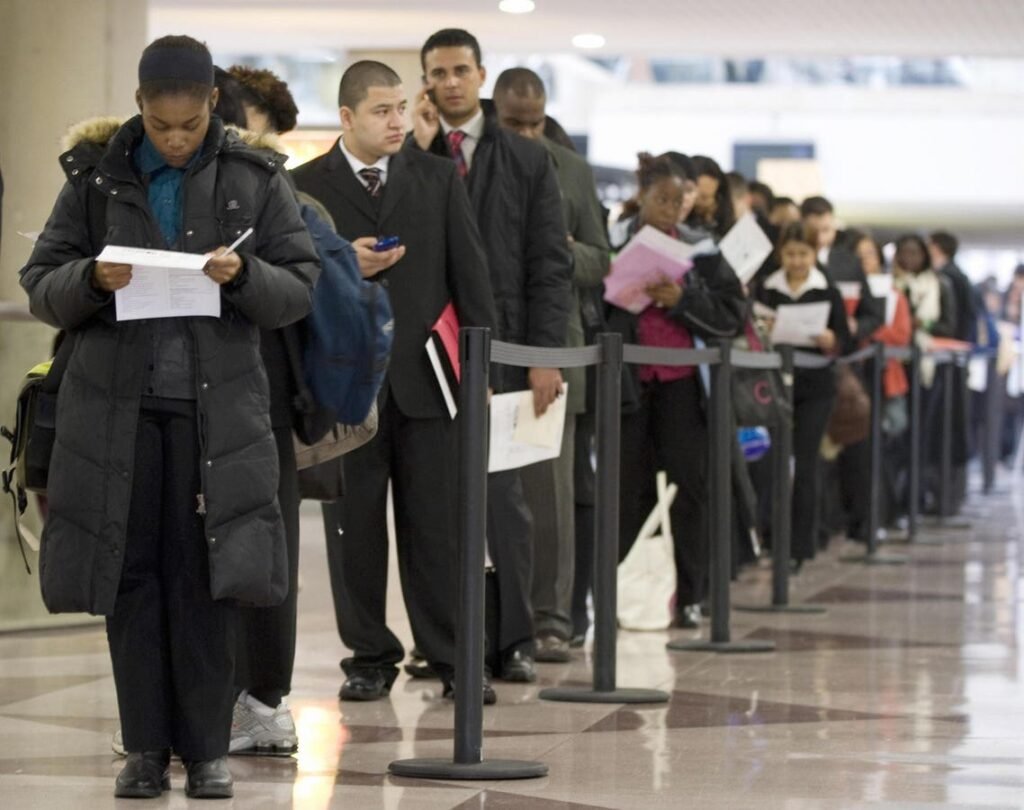The latest report from the Bureau of Labor Statistics (BLS) showed that 272,000 jobs were added to nonfarm payrolls in May, exceeding expectations and continuing a trend of strong gains over the past year. On average, 230,000 jobs have been added each month over the past 12 months, far surpassing the assumed steady-state growth rate of 100,000 jobs.
While this robust job growth has led investors to question whether the Federal Reserve will lower interest rates, there are other indicators that paint a different picture of the labor market. For instance, employment measured by the BLS household survey actually fell by 408,000 in May, with only an average of 30,000 jobs added per month over the past year.
The disparity between the BLS payroll survey and the household survey is a complex issue that economists are trying to understand. The BLS payroll survey is considered more reliable and less volatile, covering 666,000 workers, whereas the household survey covers 60,000 households and includes self-employed individuals and people working off the books.
One factor contributing to the growing disparity between the two measures is the increase in moonlighting, where individuals work multiple jobs. This trend has rebounded in recent years, leading to a surge in gig workers and a slowdown in full-time employment. Additionally, the impact of increased immigration, including undocumented immigrants, on job growth is difficult to quantify.
Despite these discrepancies, most economists believe that the Federal Reserve will not be significantly affected by the varying trends in employment. The ongoing increase in nonfarm payrolls, along with other indicators such as the unemployment rate and requests for unemployment benefits, suggest a mixed outlook for the labor market.
While the strong payrolls report for May may prompt the Fed to hold off on interest rate cuts in the summer, the gradual softening in the labor market, including an increase in unemployed workers and a decline in job openings, leaves the door open for potential rate cuts later in the year. The upcoming Federal Open Market Committee meeting will provide further insights into the Fed’s stance on interest rates.












